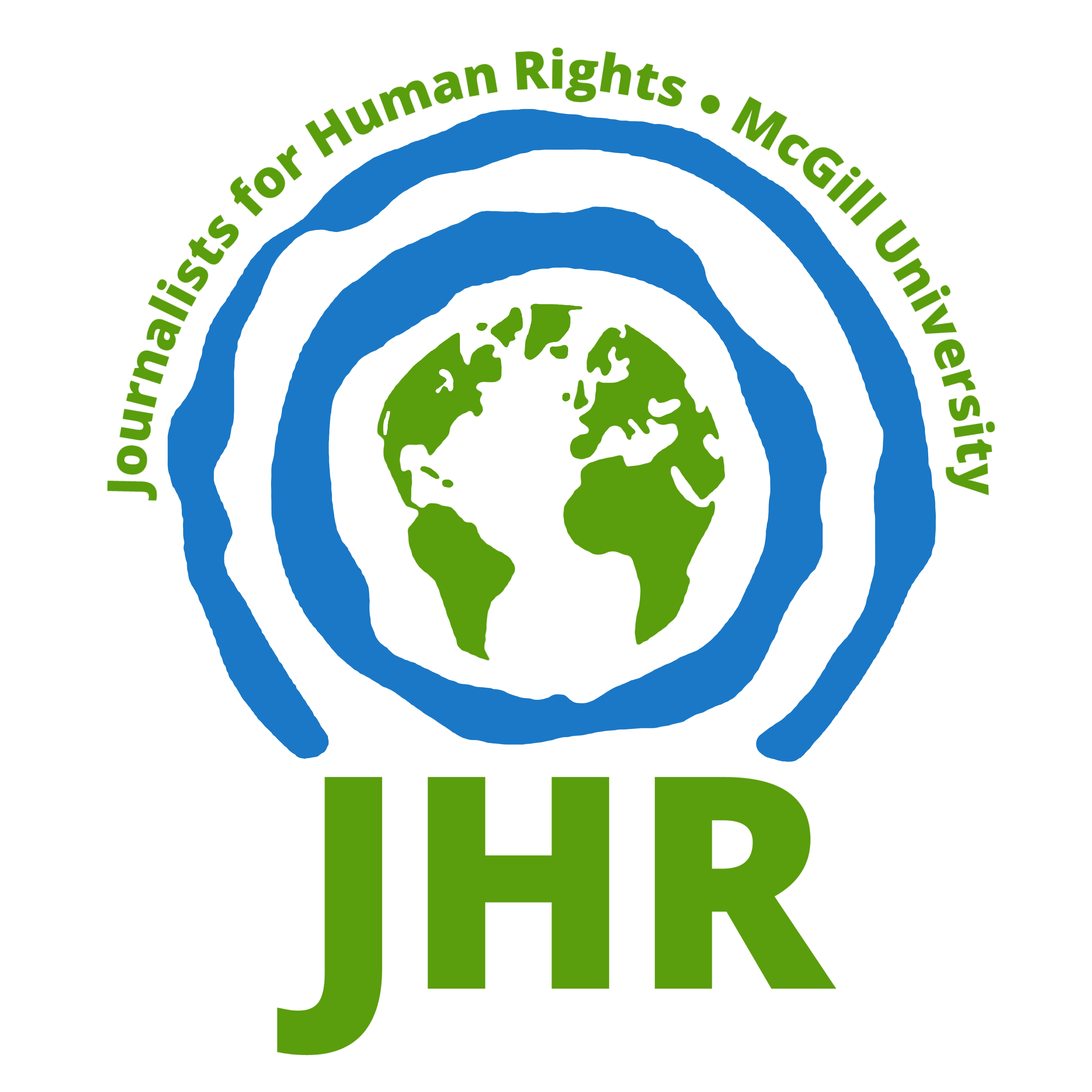“What has Pullman, as a city, brought forth? . . . Its proprietor, the Pullman Company, knows no local law that is not made in the Board of Directors. Its President is [sic] become a functionary not of business but of government. . . . “The State—that is me!” said Louis XIV. So it was.”
–The Chicago Herald, 1889
“The model industrial town of Pullman, Illinois” broke ground for construction on May 26, 1880. To describe this corporate enclave of unchecked civil and regulatory power as the ‘model’ of the early American company town is a salient recognition of the nature of capital-owned political organization. Brian Higgsmith, in his review of historic corporatist logic, outlines a useful framework for identifying the essence of the company town:
“. . . the company town is best understood as a democratic phenomenon: the ability of concentrated (or coordinated) capital to govern, without challenge or oversight, within a territorial domain.”
Municipal projects like Pullman, Chickasaw, Alabama or Hershey, Pennsylvania–while demonstrating the legalized derogation of human rights and constitutional protections to differing degrees–each operated on similar logic. Indeed, the capitalist mythos underlining utopian technological/economic advancement through the “streamlining” of protective regulations pervades the collective American psyche. Company towns showcase arguably the most virulent manifestations of this widespread phenomenon.
To greater or lesser degrees, historical company towns engaged in near complete ownership over the local labour market, housing environments, educational and religious institutions. The workers in Pullman, for example, had their rent costs directly deducted from their wages as the town’s proprietor, the Pullman Palace Car Company, also served as majority landlord over the area. Many populous coal-mining towns during the early 20th century went as far as to pay their labor force in scrip–specialized coins valuable only at company owned general stores. These practices were defended with similar argumentation, that “the scrip system smoothed over the process of payment,” allowing for more streamlined, efficient production. In effect, however, they continued a long-lived American tradition: debt bondage–and further, acted in opposition to the freedom of movement guarantees outlined in future-ratified treaties such as the International Covenant on Civil and Political Rights (ICCPR). Further than material organization, cities like Pullman instituted paternalistic regimes of abstinence against ‘moral vices’ like the use of alcohol and tobacco, and enforced strict nightly curfews for its residents. By maintaining control over the lodging, activity, and collection of surplus wealth of the labour force, these companies could effectively prevent labour from exercising free choice in their working and living conditions. Under this centralized framework, the economic precarity present in any capitalist system is no longer an unfortunate consequence of the market system but an intentionally manufactured tool of submission. Linking wages, housing, and even moral conduct under a unified purview allows a company to exert a monopoly of force–de facto sovereignty–over the entire labour population.
Agenda47 and the Freedom Cities Initiative
As part of his Agenda47 platform for reelection, President Donald Trump announced a plan to create 10 federally chartered cities on public land, awarded to private developers through a bidding process. The project is pitched as a “quantum leap” forward in the American standard of living—drawing upon the great frontier myth, Cold War-style developmentalism and the common argument that great progress necessitates derogations of entrenched democratic and human rights norms. The President frames these corporate towns as bold new opportunities for “young people and other people—all hard-working families—a new shot at homeownership and, in fact, the American dream.” In this way, President Trump is able to leverage the increasingly unattainable homeowning situation exacerbated by private capital to encourage the next generations of Americans to live in centrally planned, state or private (but not personally) owned land. Just as Pullman’s paternalistic mandate rested on the privatization of civic authority, so too does the Freedom Cities proposal rest its logic on the asserted belief that corporate efficiency can outperform democratic oversight. Here lies the crucial distinction between popular representation and unitary dictation–a company town may well prove more economically efficient in terms of total value created, but that value is only distributed equitably in a system bound by democratic regulation.
The capitalist predisposition toward maximizing surplus value at all costs–in the context of a polity designed specifically around that intention–demands new avenues for exploitation. The executive summary laid out in the first few pages of the Freedom Cities Institute’s comprehensive plan outlines an intention to “waive or streamline. . . NEPA reviews. . . provide regulatory opt-outs,” and “ensure swift approvals” for the proprietors of the ten pilot cities. This rhetoric taps at the heart of capital’s most powerful narrative, the claim that government regulation–those institutional checks a liberal democracy purposefully institutes to protect the rights and liberties of the individual–are the enemy of economic growth, affordable housing, personal private and public development. The plan continually reiterates the benefit of shirking “overlapping” regulations that “bottleneck” development, the dangers of “legal and procedural barriers,” and necessity to cut “bureaucratic red tape.” The Institute further argues for administrative reform allowing executive department heads to entirely “waive or expedite” certain regulations–opening the door to regulatory legislation concerning areas other than environmental protection. Indeed, section within the subheading regarding the administrative state argues that Freedom Cities would “allow partial waivers of civil rights directives.” Each of these fundamentally alarming recommendations–in view of their human rights implications–accompanies an equally drastic change to capital tax structure–raising write-off limits from $1 to $50 million and deferring capital gains tax after a 5 year investment period to name a few.
Implications regarding the derogation of human rights under this new proposal are clear. The issues with freedom of movement outlined above resurface–possibly more pernicious considering some estimates of US housing prices hitting record highs. Plans to reduce credential requirements and lower personal income tax rates for certain workers only exacerbates the issue by theoretically creating zones where individuals feel they must remain lest their financial security suffer. This structure risks a violation of part III, article 8 of the ICCPR, a protection against forced labor. Additionally, massive deregulation in drone, artificial intelligence, and biotech development threaten to create openings for private interests to violate privacy rights outlined in part III, article 17 of the ICCPR, and personal security rights outlined in part III, section 9. While these reforms do not necessarily entail the violation of individual rights–sans the literal admission regarding civil rights protections mentioned above–they risk creating circumstances where massive infringements may occur within an increasingly opaque and arguably anti-democratic political association. Purported ‘innovation zones,’ without proper regulatory oversight, could easily manifest more like extrajudicial spaces of public experimentation–areas protected within U.S. territorial boundaries but devoid of the legal precedence to prevent abuses of sovereign power.
Conclusion
While Freedom Cities remain a theoretical future, the consequences of anti-regulatory rhetoric affects United States citizens in the immediate. The international human rights regime operates in part on the logic of liberal-democratic protection–the idea that elected representatives create legislation aimed at curtailing the exploitative tendencies of private interests in view of inalienable individual rights. Sprawling bureaucracy may contribute to institutional gridlock, sometimes genuinely necessitating administrative reform. One should be wary, however, when powerful political actors–especially those with deep ties to corporate interest–make or signal-boost declarative statements condemning regulation as the enemy of prosperous living. Freedom Cities, if they manifest off the drawing board, may possibly turn out to be the utopian enclaves they purport to be. They may also set the precedent for a new generation of capital giants and company towns.
Edited by Kirit Ghumman.





